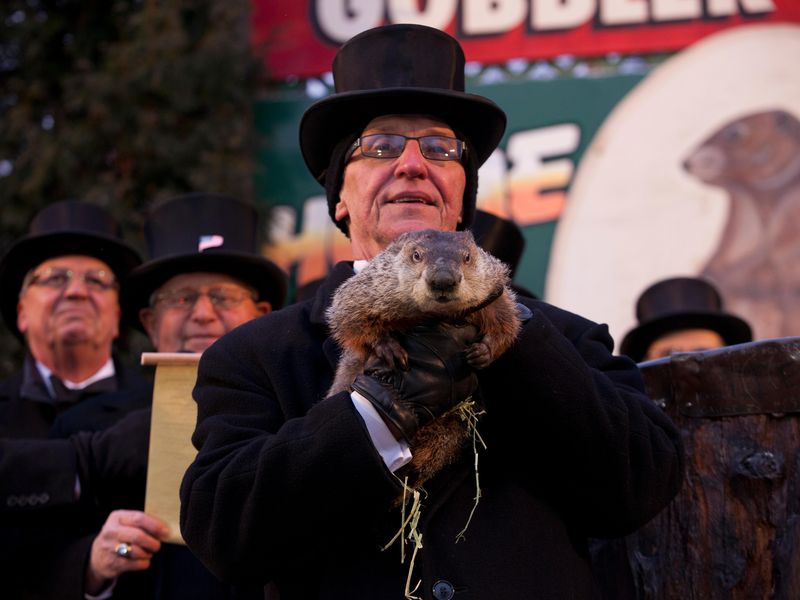One Annual Groundhog Day
Each year, in Canada and America, on February 2, people look forward to a special groundhog, who wakes up from his winter slumber to crawl outside of his burrow to look at its own shadow. It is believed that if the groundhog sees his shadow, it means that there will be six more weeks of winter weather and the groundhog will go back in his den to finish off his winter’s hibernation. If the groundhog doesn’t see his shadow, however, he will run out and play while people celebrate spring being around the corner.
This underrated holiday started off in England as Hedgehog Day, but the settlers to America didn’t see a lot of hedgehogs, so they found the next best thing, groundhogs.
The most recent star of Groundhog Day goes all the way back to 1887, in Punxsutawney, Pennsylvania, when a newspaper editor belonging to a group of groundhog hunters called the Punxsutawney Groundhog Club declared that Phil, the Punxsutawney groundhog, was the only true weather-forecasting groundhog. Since that time, Punxsutawney Phil and his descendants of the same name have been observed over and over again, growing in fame through newspaper reports, radio broadcasts and television segments.
While the groundhog is famous for its appearances, not all regions focus on that specific type of animal. In New York City, they rely on the weather predictions of Staten Island Chuck, a local woodchuck. Sir Walter Wally represents North Carolina (and has a higher accuracy rate than Phil, according to Wikipedia). Woodchucks are a type of groundhog, however.
In the West, prairie dogs are sometimes a substitute for the cold weather groundhog, and In French Canada, predictions are made by a marmot, which is also a type of groundhog.
I’m Maya! I’m a freshman at Armijo High. During my free time, I like watching TikTok, writing, and hanging out with my friends and family. Ever since...













